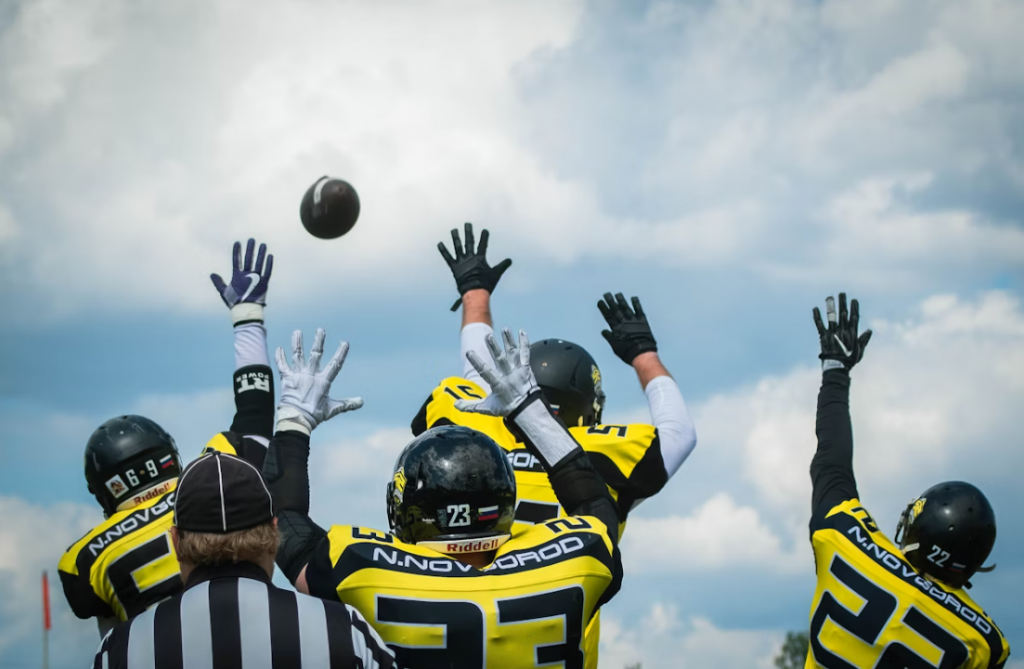Introduction
Team sports rely on more than skill—they depend on effective communication. Understanding the science behind verbal and non-verbal cues enhances coordination and performance.
Types of Communication in Sports
Verbal Communication
Shouts, calls, and instructions convey immediate tactical information.
Non-Verbal Signals
Gestures, eye contact, and body language transmit strategies subtly.
Tactical and Strategic Cues
Pre-arranged signs or signals streamline teamwork under pressure.
Psychological Basis
Shared Mental Models
Players anticipate teammates’ actions through experience and understanding.
Anticipation and Prediction
Effective communication reduces reaction time and errors.
Trust and Cohesion
Team cohesion strengthens confidence in shared cues.
Communication and Performance
Reducing Errors
Clear communication prevents misunderstandings and mistakes.
Enhancing Coordination
Synchronized movements rely on well-practiced signals.
Adaptive Strategies During Play
Real-time communication allows tactical adjustments.

Training Communication Skills
Drills and Exercises
Passing patterns, call-and-response drills, and simulated plays reinforce signals.
Scenario-Based Practices
Game-like situations improve decision-making and coordination.
Feedback Loops
Analyzing successes and failures strengthens team communication.
Technology in Team Communication
Wearables and Headsets
Devices provide real-time tactical data and messaging.
Video and Analytics Tools
Reviewing footage improves understanding and anticipation.
Common Mistakes and Barriers
Misinterpretation of Signals
Confusion leads to errors; clarity is essential.
Overcommunication or Noise
Too many cues can overwhelm and reduce efficiency.
Best Practices for Teams
Pre-Game Planning
Clear strategies and signals prepare teams for competition.
In-Game Adaptability
Flexible communication accommodates dynamic situations.
Post-Game Analysis
Reviewing communication improves future performance.
Conclusion
Effective communication underpins team sports success. Training verbal, non-verbal, and technological methods enhances coordination, reduces errors, and maximizes performance.